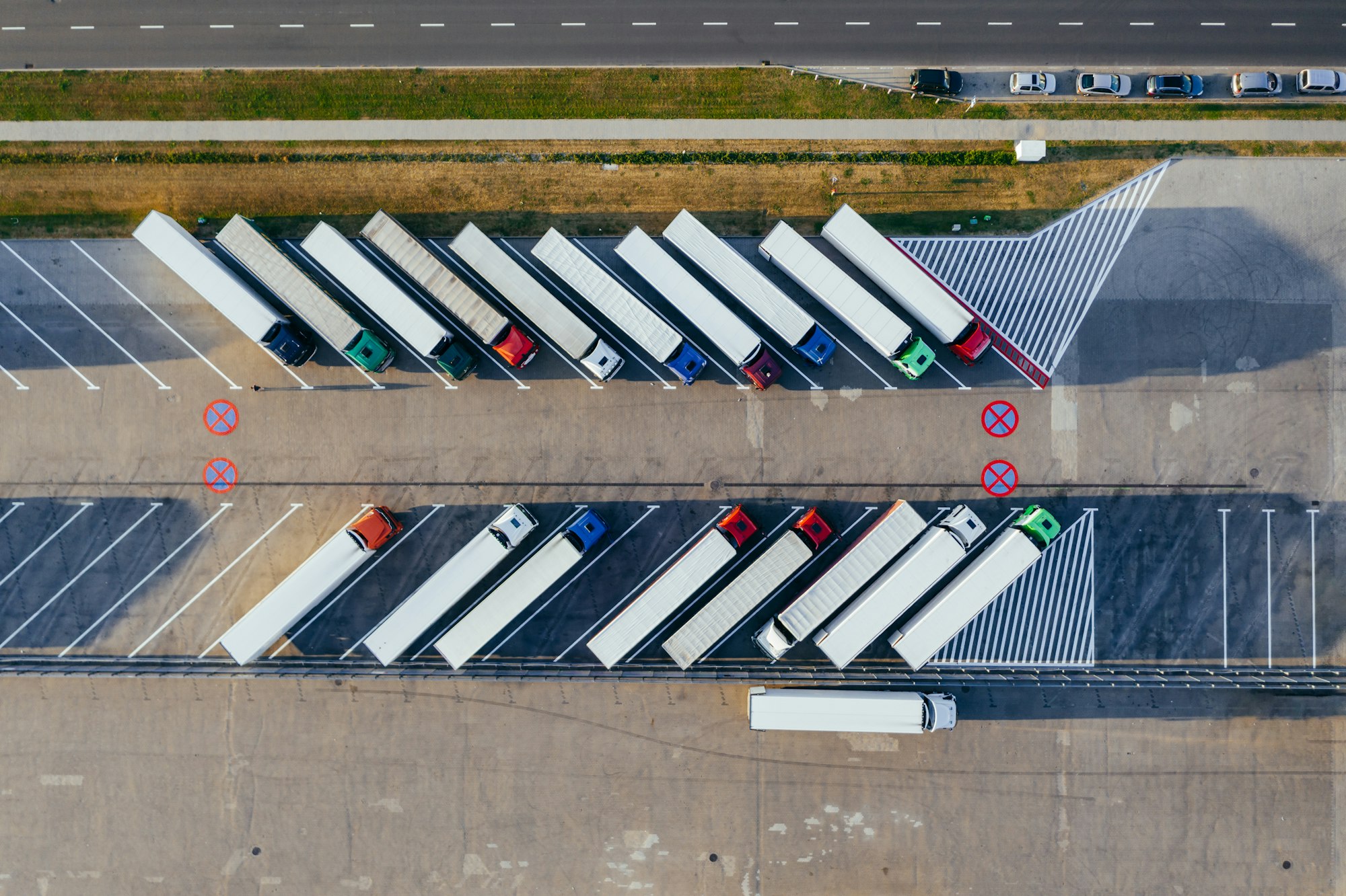5 Challenges to Seafood Traceability

Seafood is a major global food commodity, but there are serious issues with traceability in the supply chain. Exploitation of cheap labor, questionable origins, and outdated methods contribute to illegal fishing and environmental harm. Despite growing consumer concern, true traceability is still lacking. Observer coverage on fishing vessels is inadequate, with only 5% mandated to have a human observer. Observer protection and safety are crucial. Furthermore, regulations on location monitoring systems are insufficient, allowing vessels to engage in illegal fishing. Illegal, unreported, and unregulated fishing is a significant problem.
Source: Link
Frequently Asked Questions
Q: What are the challenges to seafood traceability?
A: According to Greenpeace USA, there are five main challenges to seafood traceability. These include the lack of knowledge about the story behind seafood, the global system of seafood trade, IUU fishing and other scandals, a failed attempt to challenge a seafood traceability rule, and the need for transparency and traceability in the seafood retail sector. For more information, you can refer to the article titled "5 Challenges to Seafood Traceability" on the Greenpeace USA website.
Q: What is the current global system of seafood trade?
A: The current global system of seafood trade is complex and presents challenges to traceability. Seafood is one of the most traded food commodities in the world, but consumers often lack knowledge about the story behind their seafood. This lack of transparency and accountability in the supply chain contributes to the challenges of tracing seafood back to its source. You can find more information on this topic in the article titled "5 Challenges to Seafood Traceability" on the Greenpeace USA website.
Q: What is IUU fishing?
A: IUU fishing stands for illegal, unreported, and unregulated fishing. According to a Greenpeace USA report, IUU fishing is one of the challenges with traceability in the U.S. seafood industry. This type of fishing undermines efforts to manage and conserve fish stocks, threatens marine ecosystems, and affects the livelihoods of legitimate fishermen. To learn more about this topic in relation to seafood traceability, you can refer to the Greenpeace USA report titled "Carting Away the Oceans" on their website.
Q: What is the Seafood Import Monitoring Program?
A: The Seafood Import Monitoring Program is a U.S. seafood traceability rule mentioned in a Greenpeace USA report. It is aimed at improving the traceability of seafood imports and combating illegal, unreported, and unregulated fishing. In the report titled "Sea of Distress," it is mentioned that a challenge to this rule was attempted by a seafood industry group called NFI but was unsuccessful. For more information on this topic, you can refer to the relevant portion of the Greenpeace USA report linked above.
Q: Why is transparency and traceability important in the seafood retail sector?
A: Transparency and traceability in the seafood retail sector are important for several reasons. Firstly, it allows consumers to make informed choices about the seafood they purchase, ensuring they support sustainable and ethical fishing practices. Secondly, it helps prevent fish fraud and mislabeling, addressing environmental and human rights impacts associated with the seafood industry. Greenpeace USA welcomes efforts by retailers, such as Hy-Vee, to prioritize transparency and traceability in their seafood supply chains. More details about this can be found in the article titled "Greenpeace USA welcomes Hy-Vee's private label tuna supplier vessel report" on the Greenpeace USA website.

